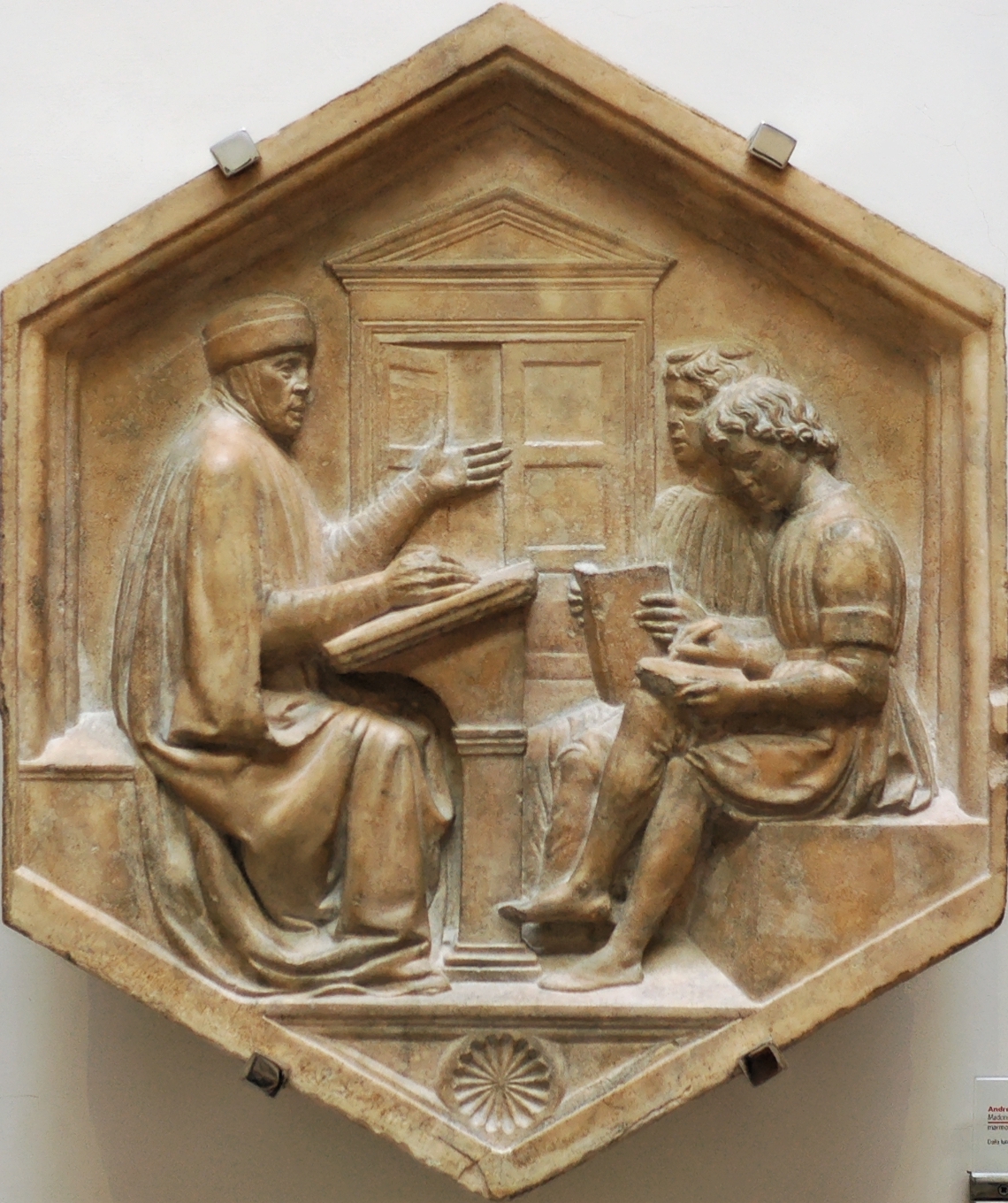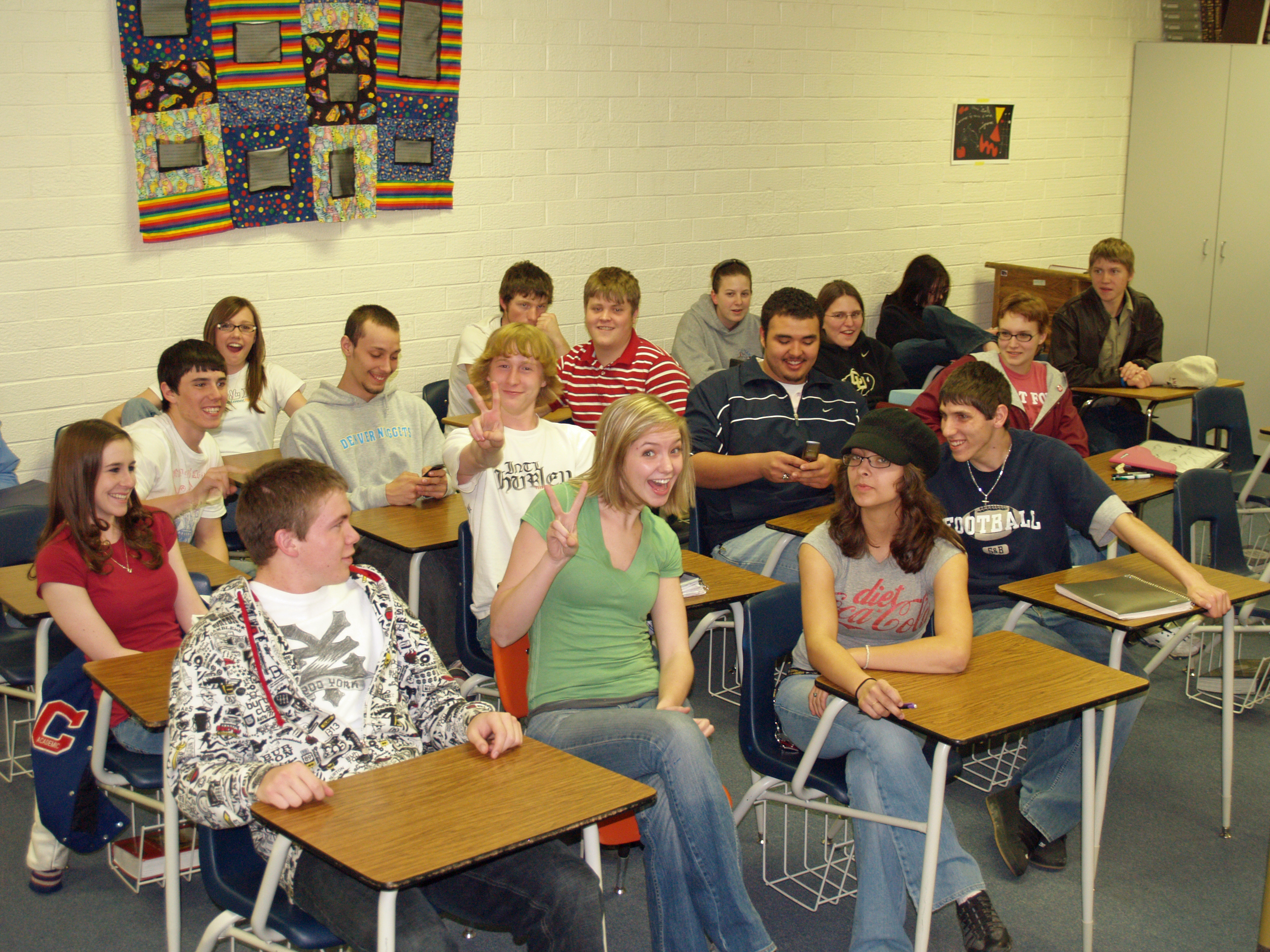|
School Mathematics Study Group
The School Mathematics Study Group (SMSG) was an American academic think tank focused on the subject of reform in mathematics education. Directed by Edward G. Begle and financed by the National Science Foundation, the group was created in 1958 in the wake of the Sputnik crisis and tasked with creating and implementing mathematics curricula for primary and secondary education, which it did until its termination in 1977. The efforts of the SMSG yielded a reform in mathematics education known as New Math which was promulgated in a series of reports, culminating in a series published by Random House called the ''New Mathematical Library'' (Vol. 1 is Ivan Niven's ''Numbers: Rational and Irrational''). In the early years, SMSG also produced a set of draft textbooks in typewritten paperback format for elementary, middle and high school students. Perhaps the most authoritative collection of materials from the School Mathematics Study Group is now housed in the Archives of Ame ... [...More Info...] [...Related Items...] OR: [Wikipedia] [Google] [Baidu] |
Think Tank
A think tank, or public policy institute, is a research institute that performs research and advocacy concerning topics such as social policy, political strategy, economics, military, technology, and culture. Most think tanks are non-governmental organizations, but some are semi-autonomous agencies within a government, and some are associated with particular political parties, businesses, or the military. Think tanks are often funded by individual donations, with many also accepting government grants. Think tanks publish articles and studies, and sometimes draft legislation on particular matters of policy or society. This information is then used by governments, businesses, media organizations, social movements, or other interest groups. Think tanks range from those associated with highly academic or scholarly activities to those that are overtly ideological and pushing for particular policies, with a wide range among them in terms of the quality of their research. Later gener ... [...More Info...] [...Related Items...] OR: [Wikipedia] [Google] [Baidu] |
Mathematics Education
In contemporary education, mathematics education—known in Europe as the didactics or pedagogy of mathematics—is the practice of teaching, learning, and carrying out Scholarly method, scholarly research into the transfer of mathematical knowledge. Although research into mathematics education is primarily concerned with the tools, methods, and approaches that facilitate practice or the study of practice, it also covers an extensive field of study encompassing a variety of different concepts, theories and methods. List of mathematical societies, National and international organisations regularly hold conferences and List of mathematics education journals, publish literature in order to improve mathematics education. History Ancient Elementary mathematics were a core part of education in many ancient civilisations, including ancient Egypt, Babylonia, ancient Babylonia, ancient Greece, ancient Rome, and Vedic civilization, Vedic Ancient India, India. In most cases, formal edu ... [...More Info...] [...Related Items...] OR: [Wikipedia] [Google] [Baidu] |
Edward G
Edward is an English male name. It is derived from the Anglo-Saxon name ''Ēadweard'', composed of the elements '' ēad'' "wealth, fortunate; prosperous" and '' weard'' "guardian, protector”. History The name Edward was very popular in Anglo-Saxon England, but the rule of the Norman and Plantagenet dynasties had effectively ended its use amongst the upper classes. The popularity of the name was revived when Henry III named his firstborn son, the future Edward I, as part of his efforts to promote a cult around Edward the Confessor, for whom Henry had a deep admiration. Variant forms The name has been adopted in the Iberian peninsula since the 15th century, due to Edward, King of Portugal, whose mother was English. The Spanish/Portuguese forms of the name are Eduardo and Duarte. Other variant forms include French Édouard, Italian Edoardo and Odoardo, German, Dutch, Czech and Romanian Eduard and Scandinavian Edvard. Short forms include Ed, Eddy, Eddie, Ted, Teddy a ... [...More Info...] [...Related Items...] OR: [Wikipedia] [Google] [Baidu] |
National Science Foundation
The U.S. National Science Foundation (NSF) is an Independent agencies of the United States government#Examples of independent agencies, independent agency of the Federal government of the United States, United States federal government that supports fundamental research and education in all the non-medical fields of science and engineering. Its medical counterpart is the National Institutes of Health. With an annual budget of about $9.9 billion (fiscal year 2023), the NSF funds approximately 25% of all federally supported basic research conducted by the List of American institutions of higher education, United States' colleges and universities. In some fields, such as mathematics, computer science, economics, and the social sciences, the NSF is the major source of federal backing. NSF's director and deputy director are appointed by the president of the United States and Advice and consent, confirmed by the United States Senate, whereas the 24 president-appointed members of the ... [...More Info...] [...Related Items...] OR: [Wikipedia] [Google] [Baidu] |
Sputnik Crisis
The Sputnik crisis was a period of public fear and anxiety in Western nations about the perceived technological gap between the United States and Soviet Union caused by the Soviets' launch of '' Sputnik 1'', the world's first artificial satellite. The crisis was a significant event in the Cold War that triggered the creation of NASA and the Space Race between the two superpowers. The satellite was launched on October 4, 1957, from the Baikonur Cosmodrome. This created a crisis reaction in national newspapers such as ''The New York Times'', which mentioned the satellite in 279 articles between October 6, 1957, and October 31, 1957 (more than 11 articles per day). Background In the early 1950s, Lockheed U-2 spy plane flights over the Soviet Union provided intelligence that the US held the advantage in nuclear capability. However, an education gap was identified when studies conducted between 1955 and 1961 reported that the Soviet Union was training two to three times as m ... [...More Info...] [...Related Items...] OR: [Wikipedia] [Google] [Baidu] |
Mathematics
Mathematics is a field of study that discovers and organizes methods, Mathematical theory, theories and theorems that are developed and Mathematical proof, proved for the needs of empirical sciences and mathematics itself. There are many areas of mathematics, which include number theory (the study of numbers), algebra (the study of formulas and related structures), geometry (the study of shapes and spaces that contain them), Mathematical analysis, analysis (the study of continuous changes), and set theory (presently used as a foundation for all mathematics). Mathematics involves the description and manipulation of mathematical object, abstract objects that consist of either abstraction (mathematics), abstractions from nature orin modern mathematicspurely abstract entities that are stipulated to have certain properties, called axioms. Mathematics uses pure reason to proof (mathematics), prove properties of objects, a ''proof'' consisting of a succession of applications of in ... [...More Info...] [...Related Items...] OR: [Wikipedia] [Google] [Baidu] |
Curriculum
In education, a curriculum (; : curriculums or curricula ) is the totality of student experiences that occur in an educational process. The term often refers specifically to a planned sequence of instruction, or to a view of the student's experiences in terms of the educator's or school's instructional goals. A curriculum may incorporate the planned interaction of pupils with instructional content, materials, resources, and processes for evaluating the attainment of educational objectives. Curricula are split into several categories: the explicit, the implicit (including the hidden), the excluded, and the extracurricular.Kelly, A. V. (2009). The curriculum: Theory and practice (pp. 1–55). Newbury Park, CA: Sage.Braslavsky, C. (2003). The curriculum. Curricula may be tightly standardized or may include a high level of instructor or learner autonomy. Many countries have national curricula in primary education, primary and secondary education, such as the United Kingdom's Nationa ... [...More Info...] [...Related Items...] OR: [Wikipedia] [Google] [Baidu] |
Primary Education
Primary education is the first stage of Education, formal education, coming after preschool/kindergarten and before secondary education. Primary education takes place in ''primary schools'', ''elementary schools'', or first schools and middle schools, depending on the location. Hence, in the United Kingdom and some other countries, the term ''primary'' is used instead of ''elementary''. There is no commonly agreed on duration of primary education, but often three to six years of elementary school, and in some countries (like the US) the first Primary education in the United States, seven to nine years are considered primary education. The International Standard Classification of Education considers primary education as a single phase where programs are typically designed to provide fundamental reading, writing, and mathematics skills and establish a solid foundation for learning. This is International Standard Classification of Education#Level 1, ISCED Level 1: Primary educatio ... [...More Info...] [...Related Items...] OR: [Wikipedia] [Google] [Baidu] |
Secondary Education
Secondary education is the education level following primary education and preceding tertiary education. Level 2 or ''lower secondary education'' (less commonly ''junior secondary education'') is considered the second and final phase of basic education, and level 3 ''upper secondary education'' or ''senior secondary education'' is the stage before tertiary education. Every country aims to provide basic education, but the systems and terminology remain unique to them. Secondary education typically takes place after six years of primary education and is followed by higher education, vocational education or employment. In most countries secondary education is compulsory education, compulsory, at least until the age of 16. Children typically enter the lower secondary phase around age 12. Compulsory education sometimes extends to age 20 and further. Since 1989, education has been seen as a basic human right for a child; Article 28, of the Convention on the Rights of the Child states ... [...More Info...] [...Related Items...] OR: [Wikipedia] [Google] [Baidu] |
Random House
Random House is an imprint and publishing group of Penguin Random House. Founded in 1927 by businessmen Bennett Cerf and Donald Klopfer as an imprint of Modern Library, it quickly overtook Modern Library as the parent imprint. Over the following decades, a series of acquisitions made it into one of the largest publishers in the United States. In 2013, it was merged with Penguin Group to form Penguin Random House, which is owned by the Germany-based media conglomerate Bertelsmann. Penguin Random House uses its brand for Random House Publishing Group and Random House Children's Books, as well as several imprints. Company history 20th century Random House was founded in 1927 by Bennett Cerf and Donald Klopfer, two years after they acquired the Modern Library imprint from publisher Horace Liveright, which reprints classic works of literature. Cerf is quoted as saying, "We just said we were going to publish a few books on the side at random", which suggested the name Random ... [...More Info...] [...Related Items...] OR: [Wikipedia] [Google] [Baidu] |
Ivan M
Ivan () is a Slavic male given name, connected with the variant of the Greek name (English: John) from Hebrew meaning 'God is gracious'. It is associated worldwide with Slavic countries. The earliest person known to bear the name was the Bulgarian Saint Ivan of Rila. It is very popular in Russia, Ukraine, Croatia, Serbia, Bosnia and Herzegovina, Slovenia, Bulgaria, Belarus, North Macedonia, and Montenegro and has also become more popular in Romance-speaking countries since the 20th century. Etymology Ivan is the common Slavic Latin spelling, while Cyrillic spelling is two-fold: in Bulgarian, Russian, Macedonian, Serbian and Montenegrin it is , while in Belarusian and Ukrainian it is . The Old Church Slavonic (or Old Cyrillic) spelling is . It is the Slavic relative of the Latin name , corresponding to English '' John''. This Slavic version of the name originates from New Testament Greek (''Iōánnēs'') rather than from the Latin . The Greek name is in tur ... [...More Info...] [...Related Items...] OR: [Wikipedia] [Google] [Baidu] |






